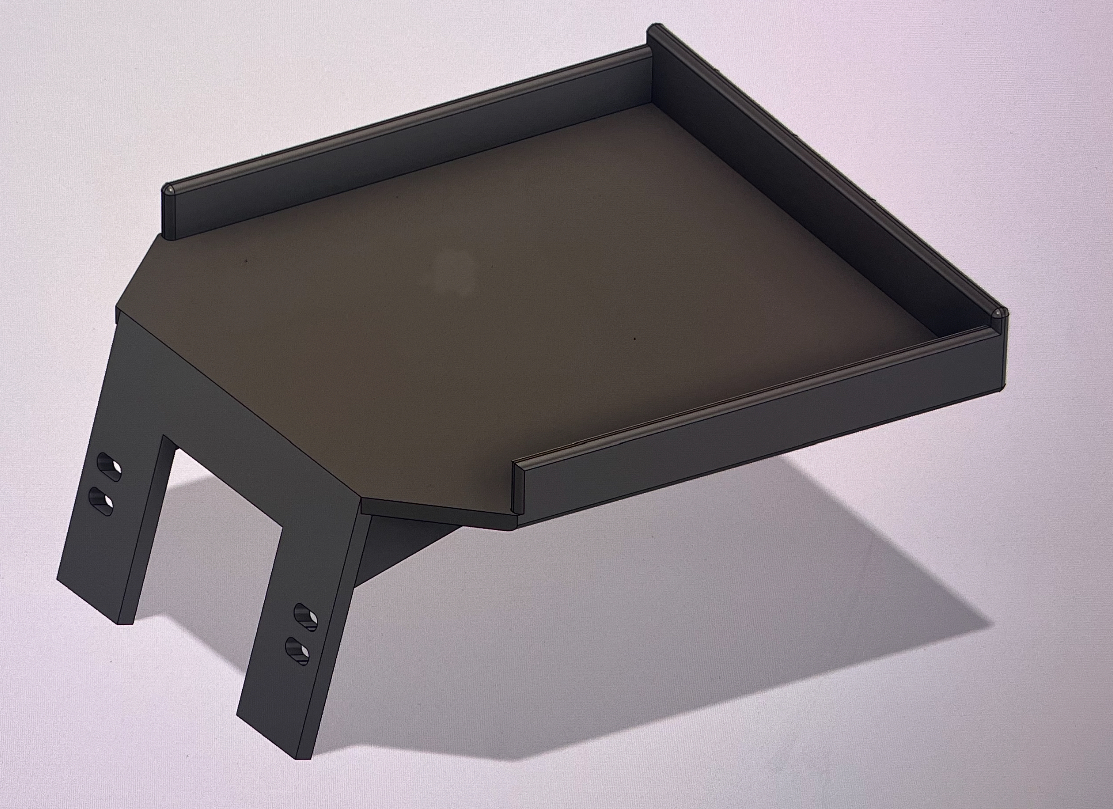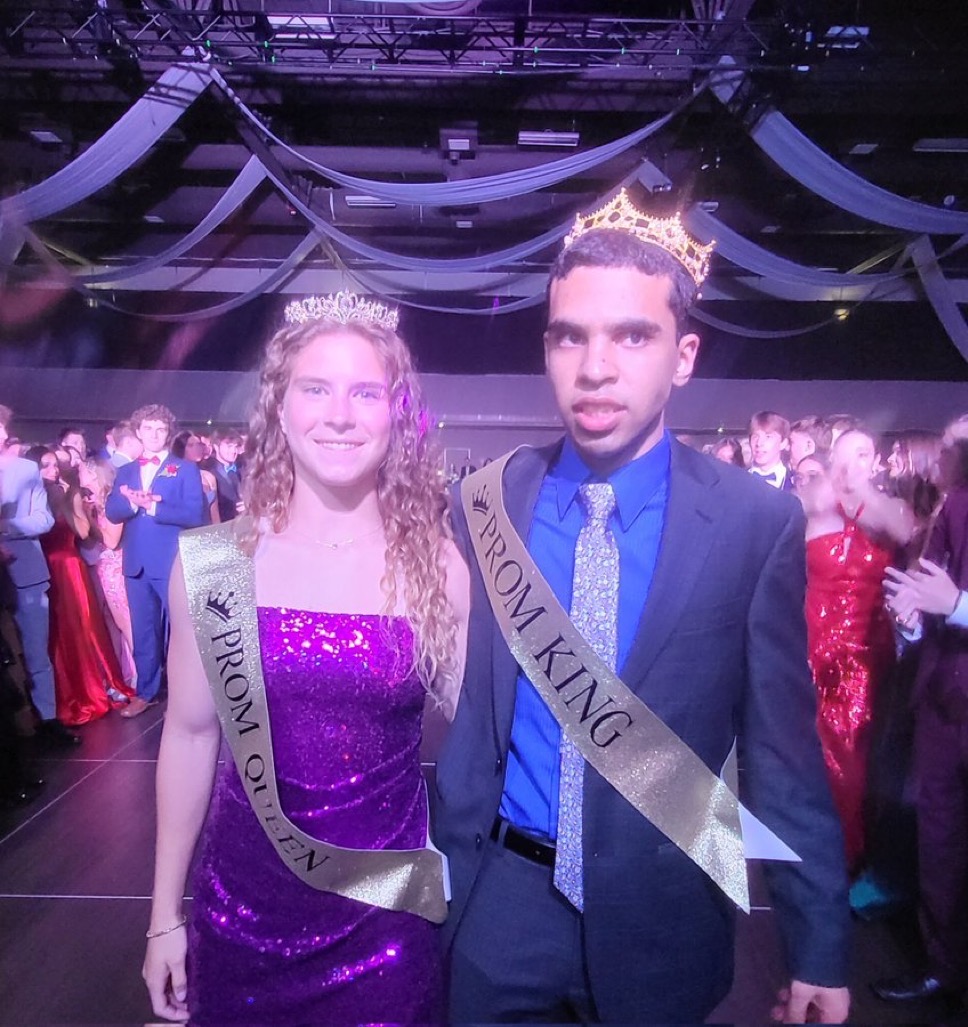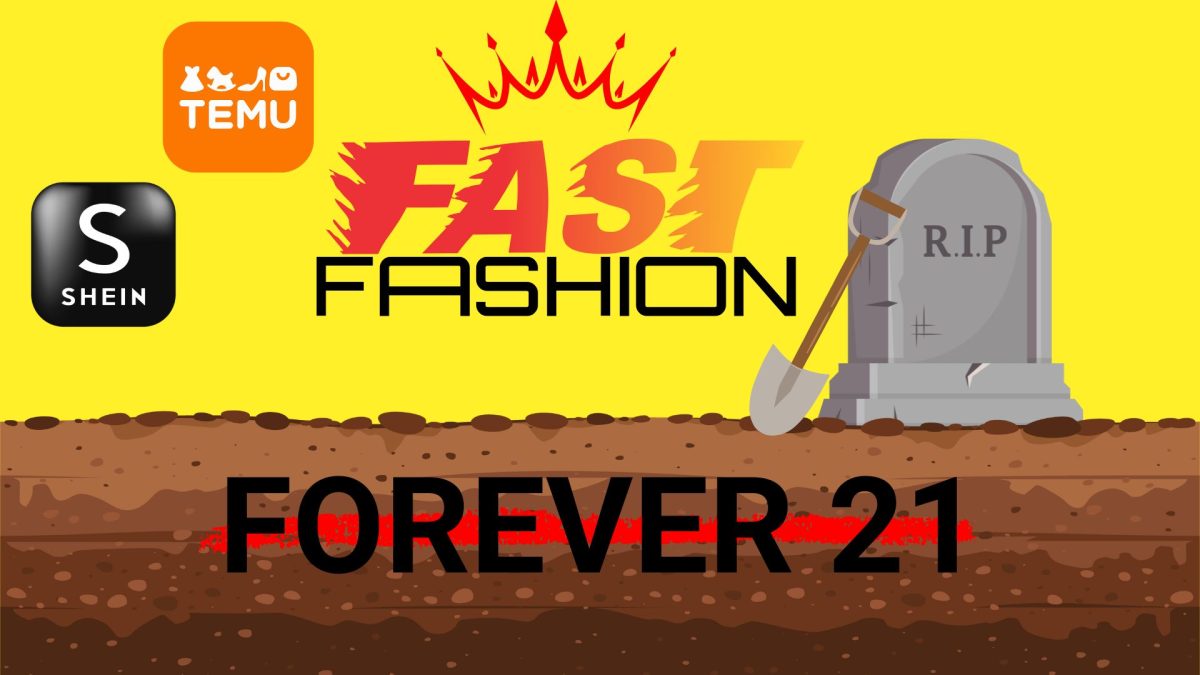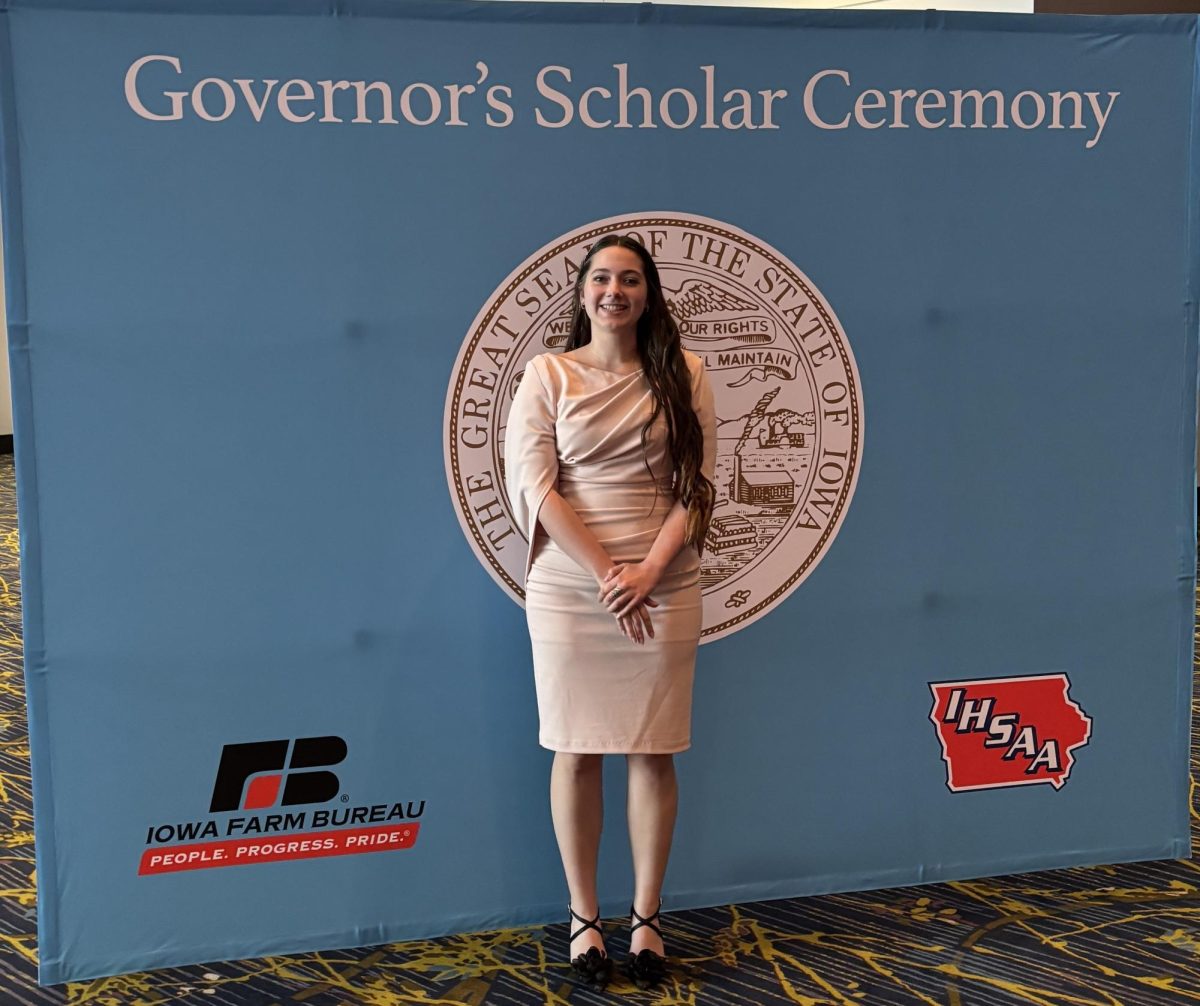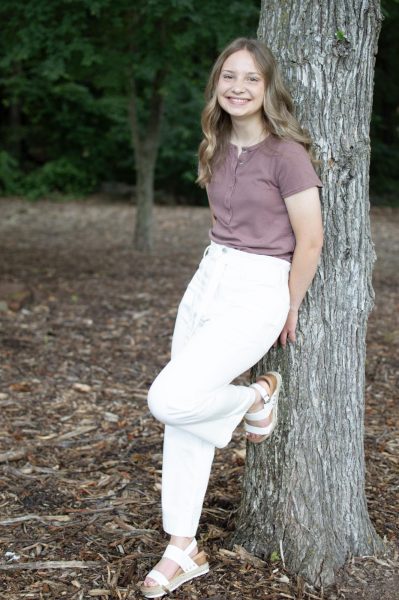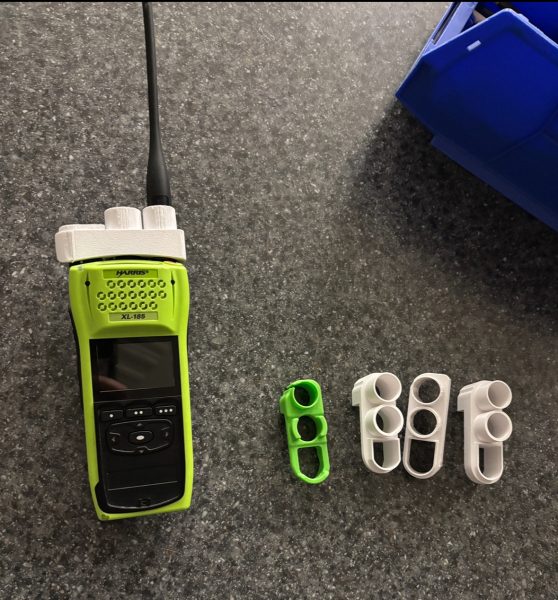
Photo Credit: Taylor Garrison
Mr. Franzenburg and PV Robotics were approached by physical therapist Rebecca Wilson from Hopewell Elementary Preschool with a project to help one of her students. This student uses a standing device similar to a wheelchair that helps her walk and move around. Wilson hoped that the students could design a device mount the student could use.
The robotics team Deviation From the Norm accepted the challenge. They visited the school to gather information and investigate how to create this object. “They have been trained and taken classes and participated in robotics where they learned the design process. So really, we’re going through the design process,” said Franzenburg. “We went out there and we reverse engineered the wheelchair device to find how we could attach the fixture.”
A key element of the design process is testing out designs and finding solutions to problems encountered. After taking the initial measurements for their design, they created a prototype. “We found out the mount was a little too small and needed more support, but our 3D printer isn’t big enough so we reached out to Liberty Pattern to use their 3D printers,” said senior Taylor Garrison, one of the students involved in this project. “They accepted and are also doing a design review for us so the mount is more stable and can be used for as long as the preschooler needs it.”
Using these methods, high school students are creating innovative designs and solutions to real-world problems. But this is just one example of the many ways robotics and engineering students have helped out in the local community.
Local firefighters were encountering issues with their handheld radios. “The gist of it is the dials kept changing channels on them in potentially crucial moments so we made the cap to fit snug on their radios preventing this,” explained Garrison.
By translating their academic learning into real-world applications, these PV students are helping keep the community safe.
PV Robotics and engineering students are even helping create products. “Two years ago we reverse engineered a fitness machine for a gentleman who is taking it to market, in our class. The whole class was part of that project,” Franzenburg described.
Robotics teams at PV have made an impact in competition as well. “We won this challenge called “Make 48” that has a real life company pose a challenge and then they innovated a unique solution. It was to assist in ideal seed orientation when planting corn, and they won that in competition. So this was a real company, a real problem,” said Franzenburg.
The impact children can have when creating innovative solutions is proof of the benefits of hands-on and even service-based learning.
Project-based learning is reflective of project-based lives that include tasks to complete. Instead of rote memorization and testing, project-based learning uses tasks, problem solving and projects to teach students. There are many proven benefits to this style of learning such as increased student preparation for life, engagement with learning, creative and critical thinking skills and perseverance and resilience skills.
Robotics clubs and Engineering courses brought the ideas of project-based learning to the education of many students. This has helped create a school community of confidence, local connections, and a spirit of collaboration and helpfulness. Further, robotics provides a great opportunity to learn about the design process and build real objects. It also gives students the chance to connect the community and become involved with helping those around them.
Volunteering to use their learning to collaborate with others benefits teenagers’ mental health and helps them develop greater patience, empathy and leadership skills. The robotics program’s innovations and community connections directly support Pleasant Valley’s mission of continuously improving and customizing the education experience of its students.


